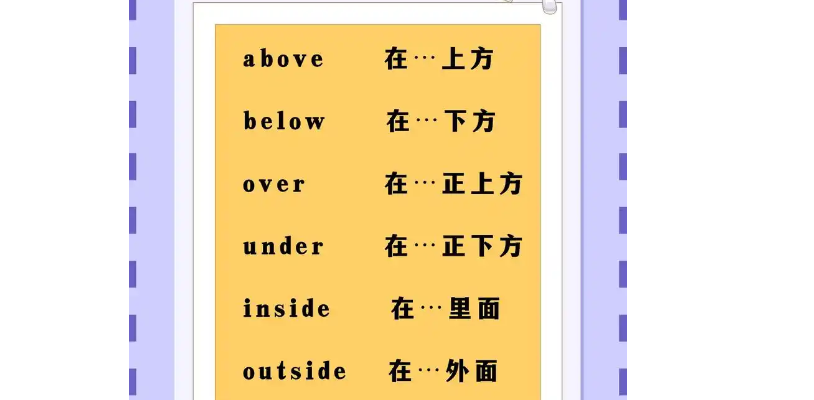The Mystique of Directions: East, West, South, and North
In our daily lives, directions play a crucial role in guiding our journey through both familiar and unfamiliar territories. Whether we are navigating the bustling streets of a city or exploring the serene pathways of nature, understanding the significance of East, West, South, and North can enhance our experiences and deepen our appreciation of the world around us. In this article, we will delve into the historical, cultural, and practical implications of these cardinal directions.
1. Historical Significance of Cardinal Directions
The origins of the four cardinal directions can be traced back to ancient civilizations. Early navigators relied on the position of celestial bodies to determine their bearings. The sun rises in the East and sets in the West, providing a natural way for people to orient themselves. This relationship between the sun and the cardinal points laid the groundwork for navigation, map-making, and settlement.
In many cultures, each direction has unique symbolism. For instance, in ancient Chinese tradition, the East is associated with spring and renewal, while the West represents autumn and harvest. Similarly, in Native American traditions, each direction carries its spiritual essence. The South is often associated with warmth and growth, while the North symbolizes wisdom and reflection. Understanding these cultural connections offers a richer perspective on how different societies interpret their relationship with the environment.
2. Cultural Representations

Cardinal directions also manifest in various cultural practices around the world. In architecture, for example, many sacred sites and religious structures are oriented toward specific cardinal points. The Great Pyramid of Giza, one of the Seven Wonders of the Ancient World, is aligned with incredible precision to the cardinal directions, reflecting the ancient Egyptians' astronomical knowledge and spiritual beliefs.
Moreover, literary works often use cardinal directions to symbolize journeys, both literal and metaphorical. In Herman Melville’s "Moby-Dick," for example, the ship's relentless pursuit of the white whale can be seen as a quest that transcends geographical boundaries, illustrating the human condition's struggle 玩法ainst nature and fate. The use of directions can provide deeper meaning to the narrative, symbolizing conflict, exploration, and the search for identity.
In modern times, with the advent of technology, the importance of cardinal directions remains relevant. GPS systems and mapping applications utilize these basic navigational principles to provide real-time directions, making it easier for individuals to find their way in an increasingly complex world. Such advancements demonstrate how traditional concepts still hold value and adapt to contemporary needs.
3. Practical Applications in Daily Life
Understanding the cardinal directions can significantly improve our navigation skills, whether in urban or rural settings. Here are some practical applications:
- **Urban Navigation**: Knowing which way is North can help you quickly orient yourself in a city’s grid system. Many cities are designed with streets running North/South and East/West, allowing residents and visitors to navigate more efficiently. A simple glance at a compass app or a reference to a map can clarify your surroundings and lead you to your destination.
- **Nature Exploration**: If you're hiking or camping, understanding the directions can enhance your safety. Many outdoor enthusiasts use compasses and topographic maps to navigate. By identifying landmarks and applying the principles of cardinal directions, you can map out your route and enjoy nature with confidence.
- **Cultural Awareness**: In today's globalized world, understanding the nuances associated with each direction can foster cultural sensitivity. Knowing that East may symbolize new beginnings in one culture while representing adherence to tradition in another can enrich our dialogues and interactions.
In conclusion, the cardinal directions of East, West, South, and North extend beyond mere navigational tools; they encompass rich historical significance, cultural representations, and practical uses in our daily lives. By delving into these aspects, we not only equip ourselves with essential navigational skills but also cultivate a profound appreciation for the diverse meanings that these directions possess across the globe. So the next time you find yourself lost, take a moment to consider not just the physical direction, but the rich tapestry of history, culture, and practice that lies in every step you take.
云作文原创内容,未经允许不得转载。